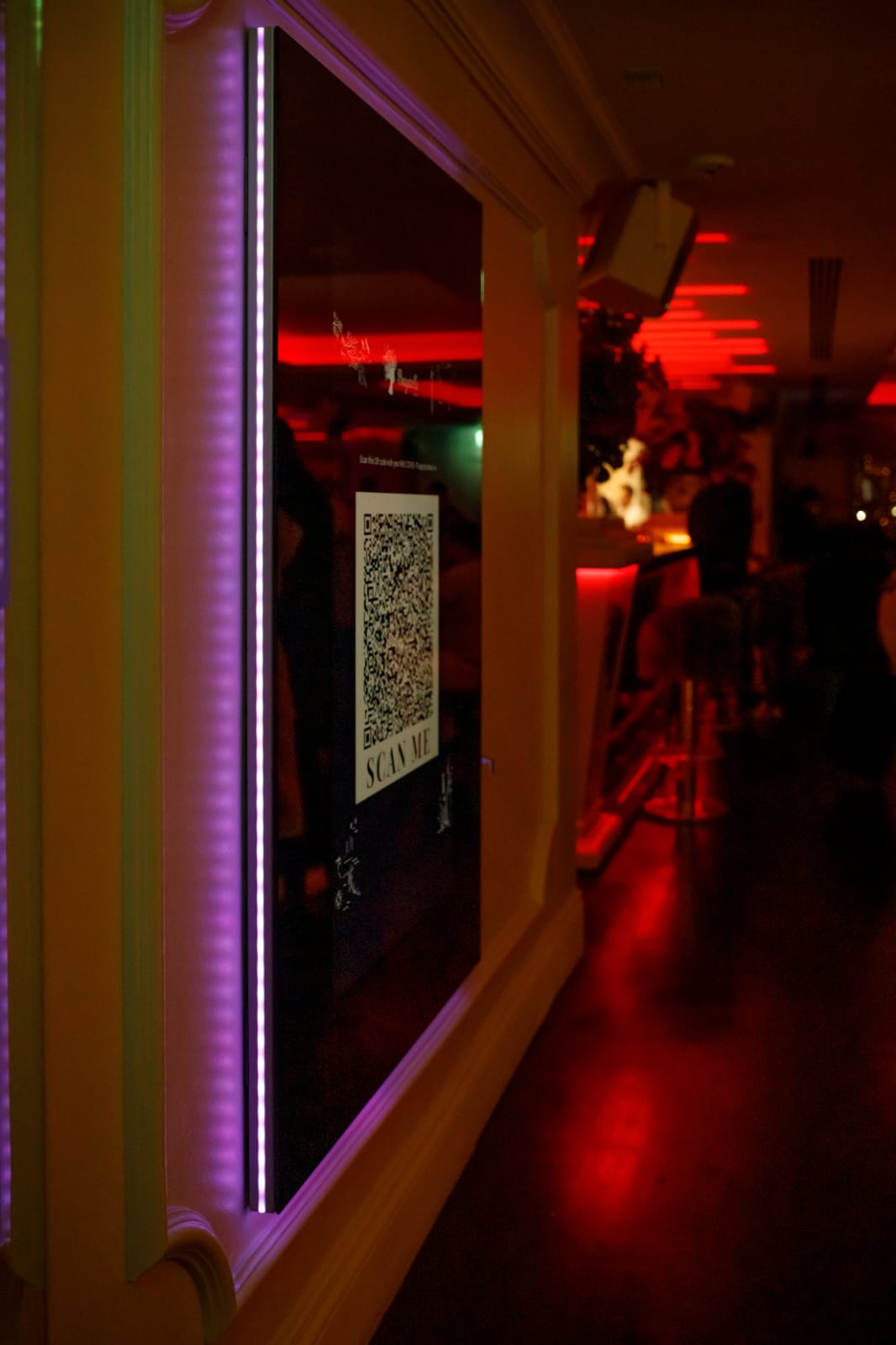2023 luxury brands advertising solutions today with Jarábik Barbara: Your marketing materials should also use aspirational language that emphasizes the quality and exclusivity of your products. This will create an emotional connection with customers and encourage them to buy your product. Use aspirational slogans, such as “the ultimate in luxury” or “beyond compare.” Be selective about your marketing channels. Not all marketing channels are created equal. Advertising in high-traffic luxury online magazines will be more effective than running adverts in those print publications which are suffering from declining traffic, so do your research thoroughly.

It needs to look and feel the part: Sure, the price can be hundreds or thousands of dollars, but does it feel and look that way? When you hold a Louis Vuitton purse, drive a BMW, or wear a Rolex, it doesn’t feel like it’s your average product. The attention to detail, materials, and engineering all make these products worth their price point to the correct audience. Imagine trying on a watch. The bracelet jingles, it’s flimsy and looks like something you’d buy at the dollar store. That’s not luxury. The 18k gold and diamonds instantly make this model look expensive and luxurious. You don’t have to question whether it’s a high value product or not. The appearance, weight, materials, and everything used to create it tell you the whole story.
In Jonah Berger’s book, Contagious, he explains that one of the main reasons why people talk about things, and spread word of mouth (online or offline) is to display the traits that they want others to see in them. Charities, for example, are one of the most liked categorises of pages on Facebook. While some of this can be explained by altruism, it’s been found that the main driver for liking a charity on Facebook is to show others that you’re charitable. Because one of the primary motivations for buying luxury goods is to display status, brands can take advantage of this by creating and publishing content that, when others share, will make them look stylish, smart, or cool to their friends.
You’ve written ads to catch the eyes of affluent searchers. You’ve negated keyword modifiers that imply discounted pricing. Now let’s dive into income-based geo targeting. This is another truly phenomenal way to cut wasted spend and ensure the ads you’re paying for end up in front of the right people. How do you make that happen? Simple. According to Google, income-based location targeting is “based on publicly available data from the US Internal Revenue Service (IRS), advertisers are able to target ads to certain areas according to their average household income.” When you created a customer profile, detailing your ideal consumer, average household income was probably something you considered. It’s part of how you determine what you sell and how you sell it. Now you can leverage IRS data to help you to discover and advertise to these fine folks. And the best part? You can layer income-based targeting with your other location targeting for maximal effect. This means you don’t have to wholly exclude areas that fall outside of those designated as having higher household incomes; you can create separate campaigns (ensuring your budget is skewed towards geos in which the likelihood of your ideal prospects living there is greater) or just use bid adjustments.

According to a report by McKinsey digital now influences at least 45% of all luxury sales. It’s understandable why luxury brands have been hesitant to move online. Yet, with print and display advertising returns decreasing, and luxury shoppers spending more time online and on mobile devices, luxury brands need to not only adapt to survive in the digital universe, but to thrive also. While the strategies outlined below will provide useful inspiration, it’s worth pointing out that the best strategies will always come from clarifying your goal, breaking it down and brainstorming brand-specific solutions with your team. For this we’d recommend using a tool like TrueNorth or one of the marketing planning tools mentioned here. Find extra information at https://www.quora.com/profile/Barbara-Jarabik.
Digital signage mirrors are another way for luxury brands to advertise efficiently : The entire digital signage mirrors market was estimated at USD 780 million in 2021. The world market is expected to grow steady at a CAGR of 12.21% to hit USD 910 million by 2023. Digital signage mirrors can greatly improve individual efficiency by choosing outfits as per weather updates while also offering bus and train schedules (including traffic updates). Digital signage mirrors in smart homes, planes, commercial spaces, hotels, etc. are designed to be connected to users as well as with different devices around. Energy efficiency is one of the major advantages that will drive the adoption of digital signage mirrors.